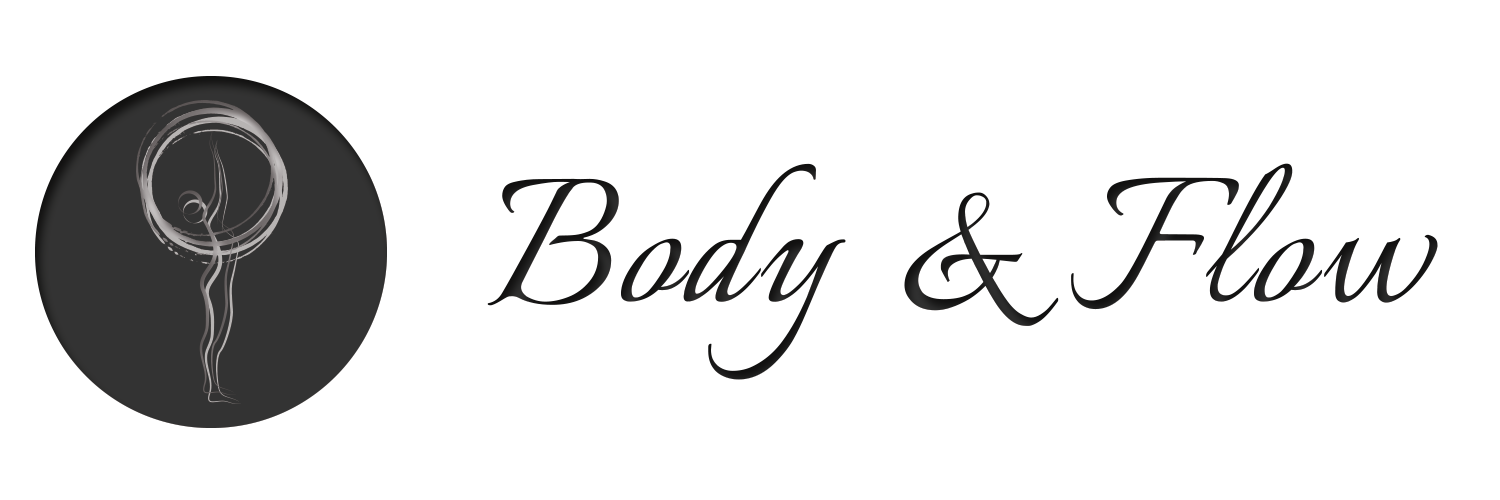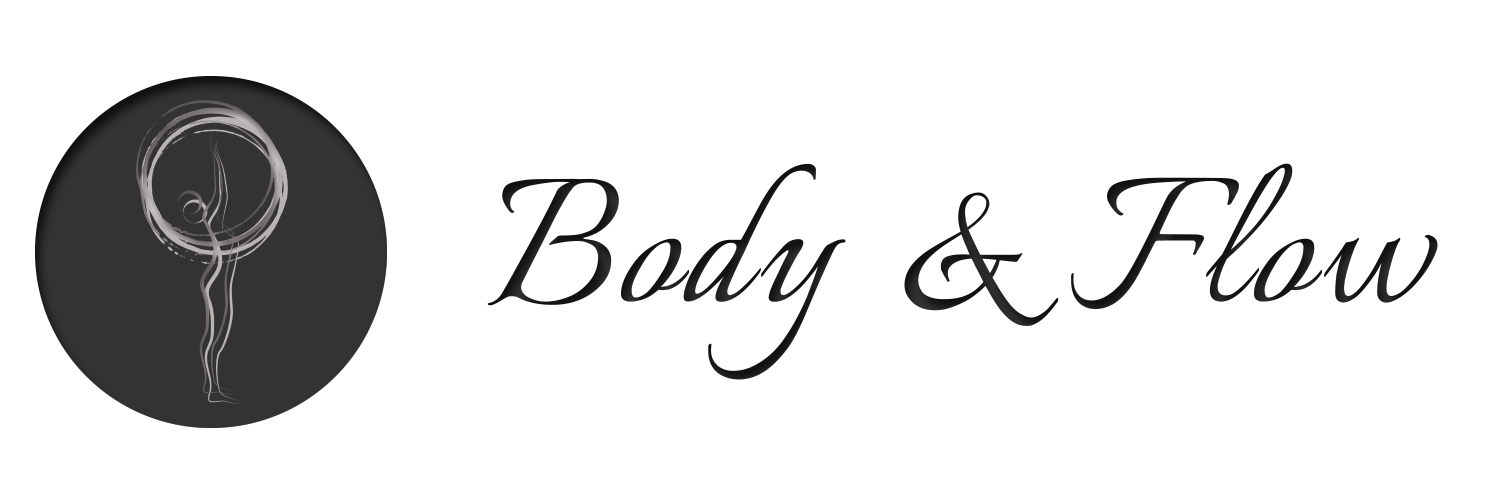Defining the Core
The core, also called the powerhouse, holds the body in alignment and allows the extremities to move in a more efficient and effective manner. Imagine the midsection as a cylinder. The top surface is the diaphragm and the bottom is the pelvic floor muscles. The midsection of the cylinder is the abdominals and multifidus muscles. Pilates helps increase core strength and stabilization by creating demands for strength and flexibility. When movement is initiated from the core, the body moves the way it was designed to move.
The core consists of:
- Abdominal Muscles
- Multifidus
- Pelvic Floor Muscles
- Diaphragm
These systems work together and are connected through fascia and nerves and are linked together in movement and stabilization.
It is important to note that the inner thighs and seat (gluteus muscles) provide important assistance to the core muscles.
1. Abdominal Muscles – Consist of four layers of muscles
Transversus Abdominis
The deepest muscle of the abdominal group, this stabilizing muscle assists in forced expiration and compresses the organs. When coughing, laughing, humming and singing we can feel the muscle engage. It is often the weakest muscle in the abdominal group.
Internal Obliques and External Obliques (pockets) assist in flexion and expiration and in rotation of the spine.
Rectus Abdominis is the most superficial muscle. Also known as the six pack, main spinal flexor.
2. Multifidus
This muscle is a thin, small yet deep stabilizer of the torso. It provides intersegmental control and stability.
It spans few joint segments and fires simultaneously with the transverse abdominis to initiate movement from the powerhouse as they lie on the same neurogical root.
3. Pelvic Floor Muscles
This group of muscles stretches from the pubic symphysis in the front, through the sides of the pelvis and to the tailbone and sacrum at the back to form a sling of support for the bladder, uterus, the vagina, and rectum. The muscle fibers are interlocking and surround the opening of the bladder (urethra), the vagina (vaginal orifice) and the rectum (anus).
4. Diaphragm
The diaphragm is a dome shaped muscle and contributes to approximately 80% of the effort when breathing. This muscle brings hundreds of gallons of air every day and contracts approximately 25,000 times a day. It separates the abdominal and the thoracic cavity and acts as a stabilizer in the body as it increases intra abdominal pressure. The diaphragm originates in the ribs, sternum and lumbar vertebrae and inserts into the central tendon of the diaphragm.
During inhalation, the fibers contract and the central part of the dome descends to increase the volume in the chest cavity and decreases the volume in the abdominal cavity. Essentially the inner organs are pressed down to allow the lungs to expand. During exhalation, the diaphragm relaxes and lifts; the pelvic floor and abdominal muscles contract to push the organs back up.
[border ]
[notice ]By Or-yah Avni[/notice]


